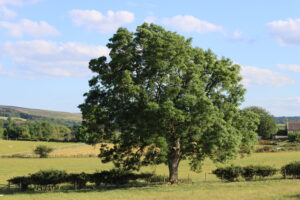Glitter is harming our ecosystems, new study
Glitter is causing ecological damage to our rivers and lakes, according to new research published in the Journal of Hazardous Materials.
Glitter is used in a variety of decorative ways, from clothing, arts and crafts and cosmetics.
Traditional glitter is a form of microplastic consisting of a plastic core made of polyester PET film.
Researchers from Anglia Ruskin University (ARU) set out to compare the impact that traditional glitter and ‘biodegradable glitter’ have on the environment.
They found that after 36 days, the presence of both glitters had halved the root length of common duckweed, and levels of chlorophyll in the water were three times lower than in the control conditions.
The only real significance between the two glitters was in water containing the so-called biodegradable glitter there was a two-fold increase in the abundance of New Zealand mud snails.
These snails, commonly found in polluted waters, are an invasive species and according to the researchers, an increase in numbers has the potential to disrupt ecosystems.
Dr Dannielle Green, a senior lecturer at Anglia Ruskin University (ARU), said: ‘Many of the microplastics found in our rivers and oceans have taken years to form, as larger pieces of plastic are broken down over time.
‘However, glitter is a ready-made microplastic that is commonly found in our homes and, particularly through cosmetics, is washed off in our sinks and into the water system.
‘All types, including so-called biodegradable glitter, have a negative effect on important primary producers which are the base of the food web, while glitter with a biodegradable cellulose core has an additional impact of encouraging the growth of an invasive species.
‘We believe these effects could be caused by leachate from the glitters, possibly from their plastic coating or other materials involved in their production, and our future research will investigate this in greater detail.’
Photo Credit – Pixabay












